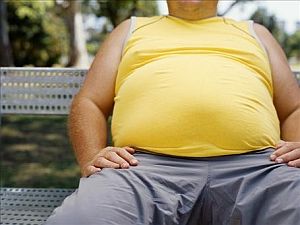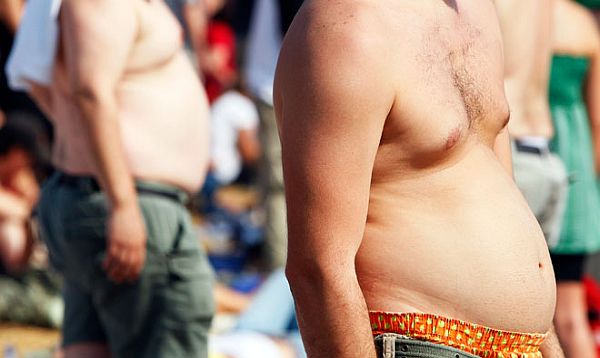Mexico City, Mexico — Mexico has surpassed the United States in levels of adult obesity, a dubious distinction that experts attribute to Mexicans abandoning their traditional diet for processed snack foods and drinks.
Almost one-third of adult Mexicans, 32.8 percent, are obese compared to 31.8 percent of Americans, according to the U.N. Food and Agriculture Organization, or FAO. Both trail such countries as Egypt, which clocks in at 34.6 percent, Kuwait at 42.8 percent, and the Micronesian island of Nauru at 71.1 percent.
Experts say the root of the problem in Mexico is changing dietary patterns.
"One factor is that Mexicans consume more soft drinks per person than any other country. That's a lot of sugar," said Katia Garcia, a nutritionist and researcher for the Power of the Consumer group.
Garcia said Mexicans are increasingly eating more refined flour, sugar, and energy-dense foods. "People have been abandoning the traditional diet, tortillas, beans, and chili, which are rich in fiber and vitamins."
The FAO's "The State of Food and Agriculture" report was released in early June and defines people over 20 years of age with a body mass index of 30 or more as obese. Besides Egypt, Kuwait, and Nauru, a number of island nations like Samoa and Tonga also top Mexico, having more than half their populations listed as obese. Bahamas and Barbados are in the mid-thirties range.
Still, Mexico's obesity has caused serious concern among activists, especially given the fact that Mexico is still battling malnutrition. Large numbers of children in Mexico's poor, rural villages remain underweight.
"Malnutrition is a paradoxical situation," said Carlos Labastida, of the general secretariat of Mexico's National Autonomous University. "In some regions of our country, we haven't overcome the problems of a lack of calories and malnutrition, while on the other hand we have to face a huge problem, which in my opinion is even bigger than malnutrition, which is obesity and being overweight."
 |
And the country's obesity problem is only likely to get worse.
Former Mexican President Felipe Calderon announced in 2011 that Mexico had the highest rate of obesity for children ages 5 to nineteen in the world.
More than 28 percent of children between 5 and 9, and 38 percent of pre-teens and teenagers ages 10 to 19, are overweight or obese, according to statistics from the Mexican Social Security Institute.
"Obesity and excess weight are multi-factor problems," Labastida said, "so they have to be approached from several perspectives, through advertising campaigns as intense as the ones people are subjected to every day for food products that aren't very recommendable."
Garcia's consumer group is working to try to get more accurate labeling standards for snack foods, whose contents and portion sizes are often unclear.
"There is a lack of regulation in Mexico, especially in labeling," Garcia said.
While Mexico instituted guidelines in 2010 and 2011 to try to get the worst junk food out of Mexican schools, the results have been uneven.
"They sell smaller packages, but that accomplishes nothing, because kids can just buy more packages," Garcia said.


